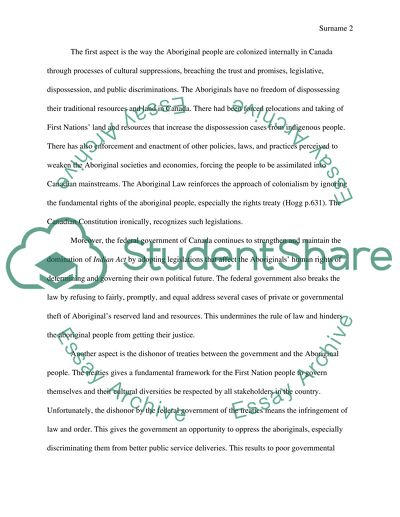Cite this document
(“Canadian Aboriginal Law Essay Example | Topics and Well Written Essays - 2000 words”, n.d.)
Retrieved from https://studentshare.org/law/1490930-canadian-aboriginal-law
Retrieved from https://studentshare.org/law/1490930-canadian-aboriginal-law
(Canadian Aboriginal Law Essay Example | Topics and Well Written Essays - 2000 Words)
https://studentshare.org/law/1490930-canadian-aboriginal-law.
https://studentshare.org/law/1490930-canadian-aboriginal-law.
“Canadian Aboriginal Law Essay Example | Topics and Well Written Essays - 2000 Words”, n.d. https://studentshare.org/law/1490930-canadian-aboriginal-law.


